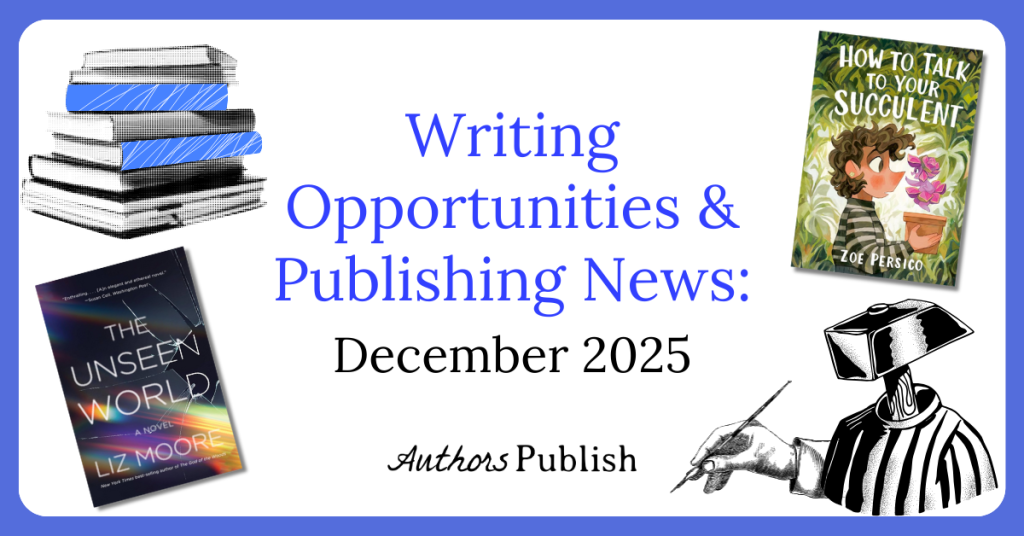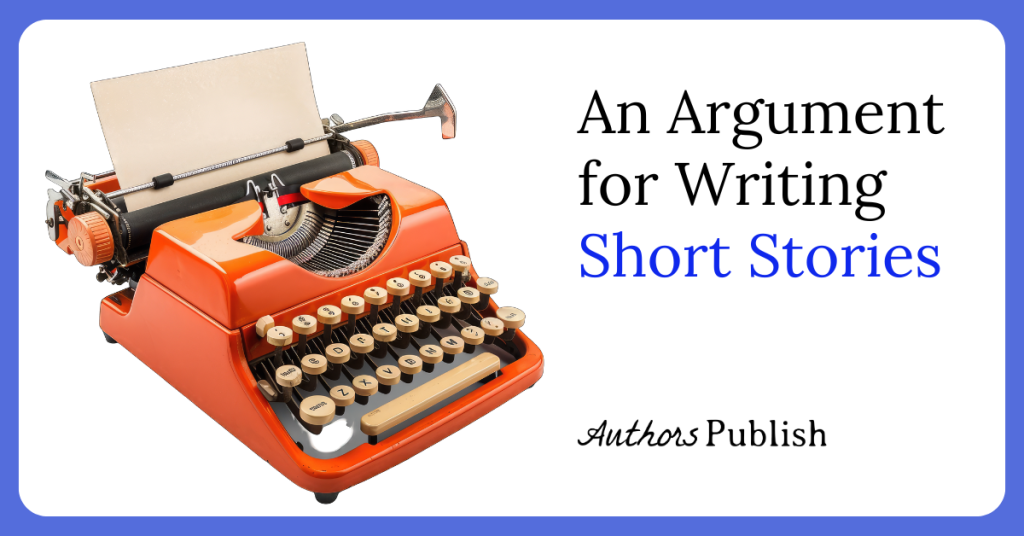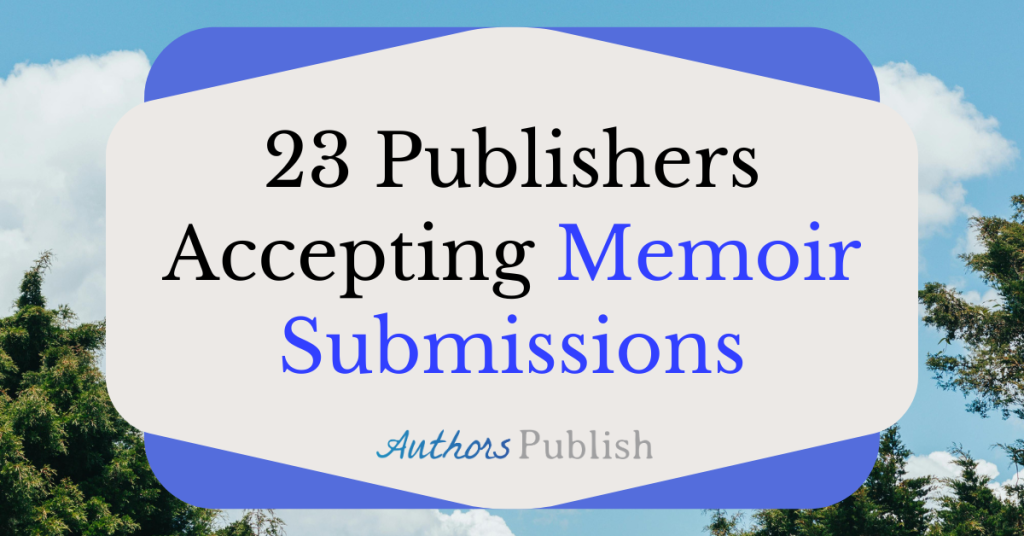By Sabyasachi Roy
I woke up humming the same two lines of a poem for three mornings straight. And you know what? I kind of loved it. That stuck-in-your-head feeling is exactly what writers can aim for. A phrase that creeps back into your brain—whispered at the start of every chapter—turn into a little drumbeat that drives the whole piece. Note that the McDonald’s jingle took only eight notes to conquer the world—imagine what you can do with an entire line!
Repetition is not a bug. It’s a feature. In fact, it’s one of the most low-key powerful tools in a writer’s stash—like duct tape, but for emotions. Repeat an image, a word, a line, and suddenly your reader’s brain perks up: wait, haven’t we been here before? Yes. Yes, we have. And we’re going back on purpose. Welcome to the strange, sneaky power of literary déjà vu.
When Your Draft Turns into an Earworm
I once wrote a line in a poem—“the smell of burnt toast at midnight”—and thought, huh, nice image, let’s move on. Except I didn’t. That line popped back in three more times in the same piece, each time slightly warped. First, it was toast. Then it was just the smoke. Then it was the silence after a fire alarm. I didn’t mean to do it, but when I tried to remove it during revision, the poem kind of… died. Like taking out the chorus from a song. You ever heard “Bohemian Rhapsody” without the “mamaaaaa”? Yeah. Don’t do it.
Neon Signs in Nonlinear Narratives
If you write anything even mildly nonlinear—jumping timelines, fragmented memories, chaotic dreams—repetition is your neon arrow flashing: this way, champ. It’s the thing that holds everything together when you’re smashing chronology with a hammer. Without repetition, your reader’s just wandering through your prose. But repeat a motif—a cracked photo frame, a humming refrigerator, the same phrase muttered in sleep—and suddenly there’s cohesion, even if the plot is doing cartwheels.
Circling the Mind: Obsession, Meditation, Trauma
You know that feeling when your brain loops the same horrible thought at some unearthly time. (“Did I send that email to the wrong person?” “Was that mole there yesterday?” “What if dogs do judge us?”) Repetition mirrors that. It’s the ideal way to write obsessive or traumatic states. You want to show grief? Let that character keep picking up the same mug every morning—her dead sister’s mug—and never quite washing it. That’s more devastating than a full page of exposition. And bonus: you don’t have to write a sob monologue. You’re welcome.
From Crack to Shatter: Small Shifts, Big Impact
Here’s where repetition earns its black belt. Repeat a thing, but change it just a little each time. First the character remembers a red scarf on the floor. Later, it’s tangled. Then it’s missing. Then it’s burning. It’s the same object, but it’s falling apart in stages. The reader doesn’t just see change—they feel it, because it’s built into the rhythm. It’s character development, disguised as déjà vu. Like Beethoven’s Fifth, which starts with four notes—ba-ba-ba-BUM—and stretches them into twenty minutes of drama. Dude milked those four notes like they owed him rent.
Humming Your Own Words: Finding the Heartbeat in Revision
Revising? Pay attention to what repeats. I don’t mean the accidental “very” that shows up twelve times—I mean the stuff your subconscious keeps sneaking in when you’re not looking. I once found the word mercury repeated in a short story I was editing. I had no clue why it was there. Turns out it tied back to a childhood memory I hadn’t intended to write about. So I kept it. Made it intentional. That one word became the emotional center of the piece. Writers: sometimes your brain is smarter than you are. Just roll with it.
You see, repetition isn’t lazy. It isn’t boring. It isn’t a crutch or a cheap trick; it’s the pulse beneath the prose. It anchors wild structures, mirrors our looping thoughts, and can even crack open emotional armor. Let it echo, twist it, and watch your writing stick like the world’s most annoying jingle. So repeat yourself. Repeat yourself. Repeat yourself.
(See what I did there?)
Bio: Sabyasachi Roy is an academic writer, poet, artist, and photographer. His poetry has appeared in The Broken Spine, Stand, Poetry Salzburg Review, Dicey Brown, The Potomac, and more. He contributes craft essays to Authors Publish and has a cover image in Sanctuary Asia. His oil paintings have been published in The Hooghly Review. You can follow his writing on Substack here.






